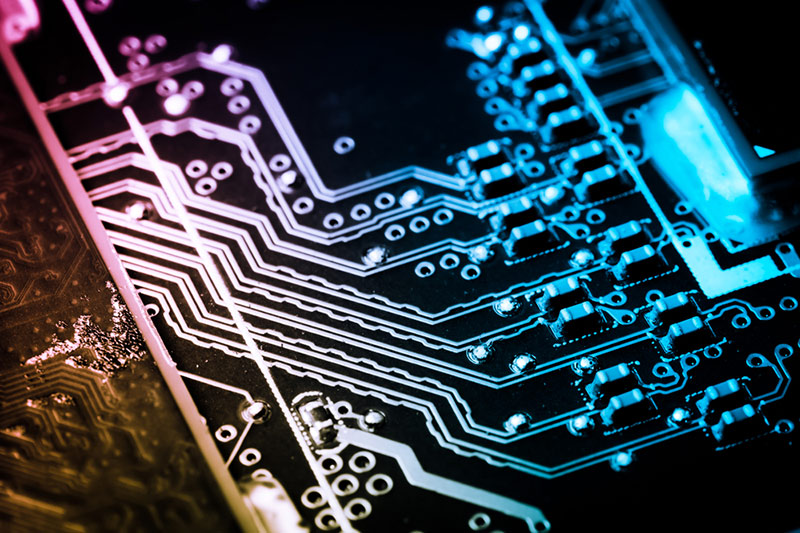By Harro Ten Wolde
FRANKFURT (Reuters) - Apple Inc's move into mobile payments, announced on Tuesday with the launch of its new iPhone 6 phones and the Apple Watch, is expected to give a boost to the wireless technology behind it, called near-field communications (NFC), analysts and makers of the technology say.
All the new Apple devices will come equipped to operate its new payments service "Apple Pay", which launches in the United States next month and allows users to pay for items in stores by tapping their phone on contactless card payment terminals instead of the underlying credit or debit card.
For Apple Pay to work the new devices come with a "secure element" chip and a near-field communications, or NFC, antenna.
The NFC segment is dominated by NXP Semiconductors, which invented the technology with Sony. Qualcomm, Broadcom, MediaTek and ST Microelectronics are its main competitors.
"NXP Semiconductors definitely will be happy with this development," said Juniper analyst Windsor Holden.
Shares in NXP Semiconductors have been hovering around all-time highs in anticipation of Apple's move into mobile payment.
Asked whether NXP supplies Apple with its NFC chips for the new iPhone, the company declined to comment. Apple suppliers are sworn to secrecy.
NFC technology has been around for more than a decade but so far hasn't taken off widely, even though it is seen as a safe method of making mobile payments, as the wireless technology only works when two devices are brought close together, which makes interference or eavesdropping from outside almost impossible.
With Apple Pay an additional layer of security is provided with use of the iPhone device protected by Apple's Touch ID fingerprint scanner.
But retailers have been reluctant to invest in the necessary scanning and tagging infrastructure, limiting its scope to small-scale ventures like one between Starbucks, Orange, Samsung and Barclays in Britain.
HALO EFFECT
Analysts at Gartner estimate the value of mobile payments with NFC will rise to almost $22 billion by 2016 - still less than 5 percent of a global payments market dominated by SMS text messaging - from less than $5 billion last year.
One of the niches where it has been successful is in gaming, where for instance Activision Blizzard uses it to connect physical action figures to consoles like Microsoft's Xbox, Sony's PlayStation and Nintendo's Wii.
Juniper's Holden expects that Apple will now introduce mobile payments to a wider audience, creating a "halo effect".
Google's NFC-based mobile payment system, Google Wallet, was also expected to give a crucial boost to the market when it was introduced in 2011.
But with Apple Pay's first use made easier, if desired, by connection to what it says amounts to "hundreds of millions" of credit and debit cards already stored in users' iTunes accounts, along with its partnerships with household retail names in the United States like McDonald's, Disney and Walgreen, who are needed to provide the payment terminals, Apple may succeed where others have failed, said analysts.
"If consumers start using NFC for proximity payments then merchants will be more prepared to invest in it, a key factor that has held NFC back," said analyst Eden Zoller at Ovum.
Holden expects the segment "if not to soar, then at least to take to the air, rather than just flap around rather pitiably as was the case in previous years".
Germany's Wirecard, which makes electronic payment technology, said on Wednesday it saw the Apple Pay announcement as a strong additional push for mobile payments and NFC.
But analysts at Warburg Research cautioned that it may take a while in certain large markets like Germany, where only about 30,000 out of a total of 800,000 retail payment points can take NFC payments.
"It will take some time before penetration in Germany is substantially increased," said analyst Jochen Reichert, who has a "buy" rating on shares in Wirecard.

(The story corrects syntax in paragraph 15)
(Editing by Greg Mahlich)
